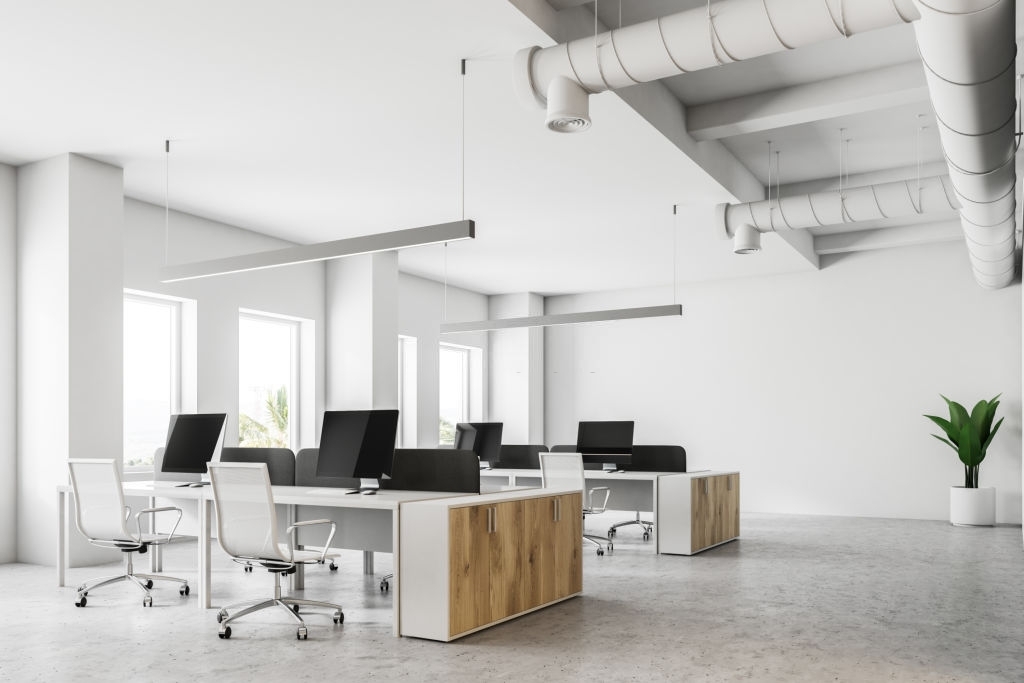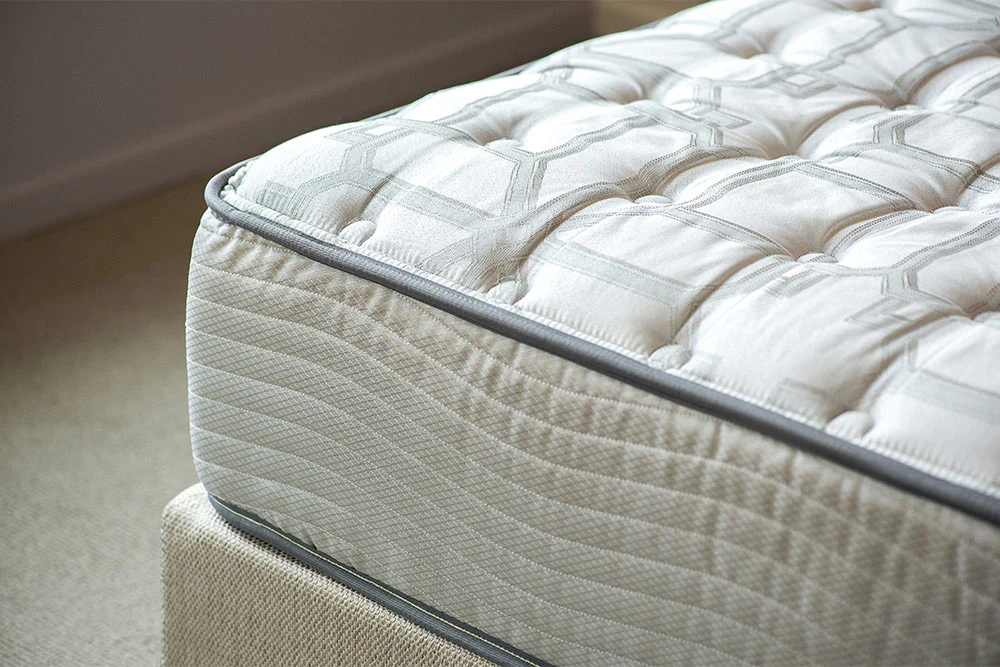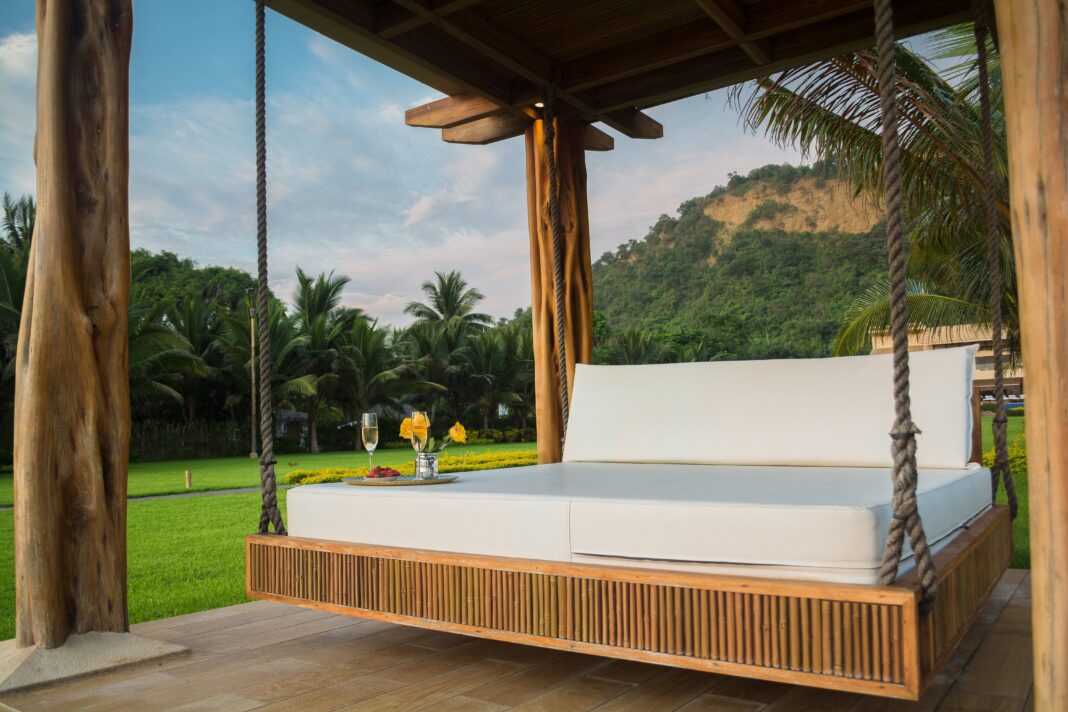Conference tables serve as the focal point of collaborative discussions, decision-making processes, and strategic planning in corporate environments. As the dynamics of workspaces evolve, so too does the conference table design. In recent years, there has been a noticeable shift towards innovative and multifunctional designs that not only enhance functionality but also contribute to the overall aesthetics of modern offices. This article explores the latest trends and innovations in conference table design, highlighting the intersection of form and function.
Adaptable Configurations
The traditional static conference table is giving way to more adaptable configurations that cater to the diverse needs of modern meetings. Modular and flexible table designs allow for easy reconfiguration, enabling teams to quickly adapt the space to different meeting formats. Companies are investing in tables with movable components, such as sliding panels and flip-up sections that can transform a large boardroom table into smaller workstations or collaborative pods.
Technology Integration
The integration of technology is a key consideration in contemporary conference table design. With the increasing reliance on digital tools for presentations, video conferencing, and collaborative work, conference tables are being equipped with built-in power outlets, USB ports, and wireless charging pads. Concealed cable management systems help maintain a clean and organized workspace, ensuring that technology enhances rather than hinders the meeting experience.
Materials and Finishes
The choice of materials and finishes plays a crucial role in defining the aesthetic appeal of conference tables. While traditional hardwoods still find their place, there is a growing trend towards more unconventional materials. Sustainable options such as bamboo, reclaimed wood, and recycled metals are gaining popularity as companies prioritize eco-friendly choices. Additionally, the use of glass and metal lends a contemporary and minimalist touch to conference table designs.
Collaborative and Interactive Features
Modern work culture places a strong emphasis on collaboration, and conference tables are evolving to support this trend. Some tables are designed with interactive surfaces, allowing users to share and manipulate digital content directly on the tabletop. Incorporating touchscreens, digital whiteboards, and video conferencing systems fosters a more engaging and collaborative meeting environment.
Basophilic Design Elements
As workplaces strive to create environments that promote well-being and productivity, conference tables are incorporating basophilic design elements. Natural materials, planters, and organic shapes are being integrated into table designs to bring a touch of nature indoors. This not only enhances the visual appeal of the office workspace but also contributes to a more relaxed and positive atmosphere during meetings.
Space Efficiency
The optimization of space is a critical consideration in modern office design, and conference tables are no exception. Compact and space-efficient designs are gaining popularity, particularly in smaller meeting rooms or collaborative spaces. Folding tables, nesting tables, and modular designs that can be easily stored when not in use are becoming staples in offices looking to maximize their available space.
Customization Options
One size does not fit all when it comes to conference table design. Recognizing this, manufacturers are offering customization options that allow companies to tailor tables to their specific needs and branding. From choosing the shape and size to selecting materials and finishes, customization empowers businesses to create conference tables that align with their unique identity and work culture.
Ergonomics and Comfort
Conference tables are no longer just about aesthetics; they must also prioritize user comfort and ergonomics. Adjustable height tables, ergonomic seating options, and integrated accessories like task lighting contribute to creating a more comfortable and productive meeting environment. Designers are paying increased attention to the overall user experience, ensuring that conference tables support long hours of collaboration without causing fatigue.
Cultural Sensitivity and Inclusivity
The conference table design is also reflecting a growing awareness of cultural sensitivity and inclusivity. Round tables, for instance, are gaining popularity as they foster a sense of equality and inclusivity by eliminating the traditional hierarchy associated with rectangular tables. Additionally, some conference tables are designed to accommodate individuals with varying mobility needs, ensuring that everyone can participate comfortably in meetings.
Artistic Expression and Statement Pieces
Conference tables are not just functional pieces; they are also becoming expressions of artistic creativity. Some companies are commissioning bespoke conference tables as statement pieces that reflect their brand identity and values. These unique designs serve as conversation starters and contribute to creating memorable and inspiring meeting spaces.
Conclusion
The world of conference table design is undergoing a fascinating transformation, driven by the evolving needs and preferences of modern workplaces. The integration of technology, emphasis on sustainability, focus on user comfort, and the inclusion of artistic elements are shaping conference tables into more than just functional furniture—they are becoming integral components of dynamic and inspiring work environments. As the line between work and lifestyle continues to blur, conference table design will likely continue to evolve, pushing boundaries and redefining the way we approach collaborative workspaces.


